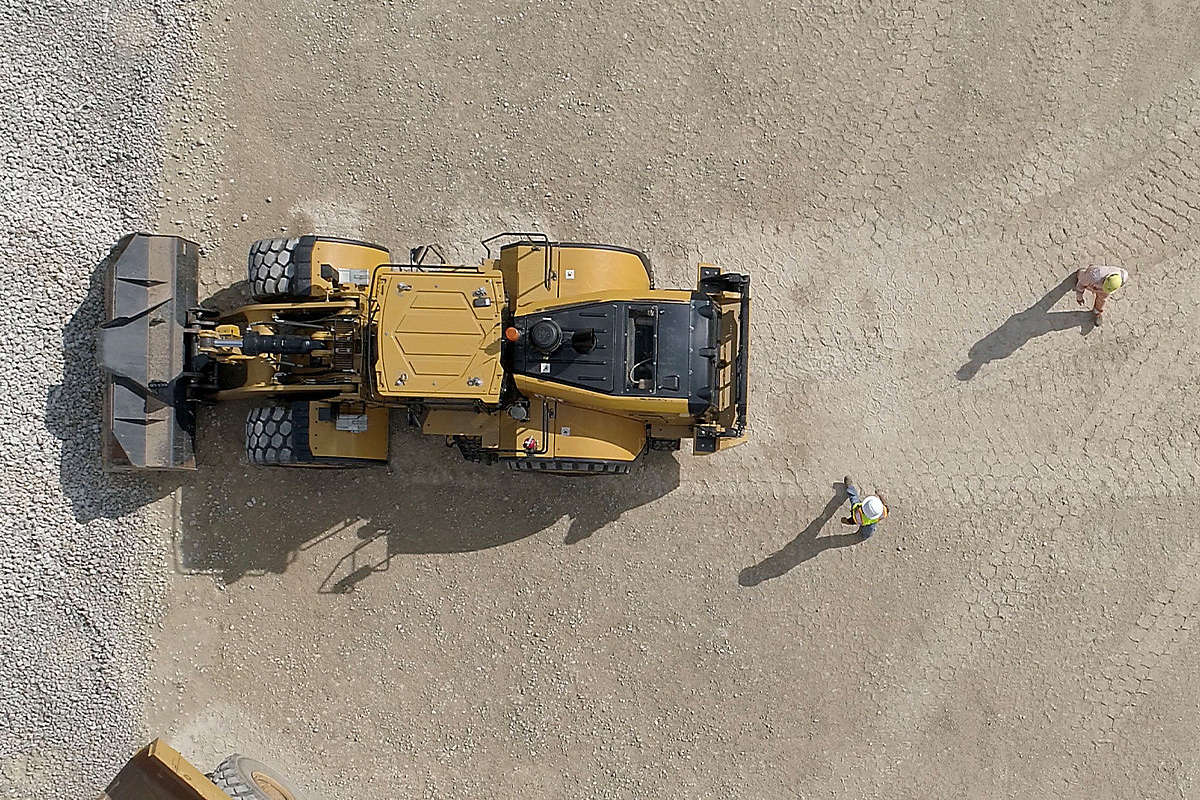Pam Meyer, Subaru Equipment Sales Manager, Breaks Down Pump Upkeep

After each use, drain and clean any debris from the pump housing and inspect hoses for tears and leaks. That way you know if you need to perform any repairs or replacements before the next project.
Daily Duties
During each day of use, check the quality and level of the engine oil. Contaminated oil can cause serious problems and ultimately decrease the engine’s life. Change or add oil according to the manufacturer’s recommendations. Also check the gasoline level and look for leaks. If fluid is dripping, inspect the area for any parts that may need tightening or replacement.
You’ll want to check if you need to clean or change the air filter, as a clogged or damaged filter can lead to a loss in power. Air gaps cause the pump to lose suction, so do a quick inspection, patch holes and seal leaking joints, or replace the entire hose if it’s severely worn.
Also prime the pump daily. Even “self-priming” pumps need water added before each use. Running a pump dry will damage its seals, causing further problems.
Less Frequent Checks
Dirty spark plugs decrease power and lead to poor starting performance, so check spark plugs semimonthly for dirt, damage or excessive carbon build-up. Clear buildup with a spark plug cleaner or wire brush, if needed, and replace any spark plugs with cracked porcelain.
Additionally, clean and inspect the fuel strainer and fuel filter every month. Contaminated fuel can clog filters, leading to trouble with engine starts. Replacing the fuel line and carburetor is expensive, so users will want to prevent unnecessary damage caused by contaminated fuel.
On an annual basis, give the pump a thorough inspection for dirty, broken or misaligned parts. Keep in mind dusty conditions typically shorten the length of time between regular services since extreme dust can clog filter elements or contaminate fuel and oil.




